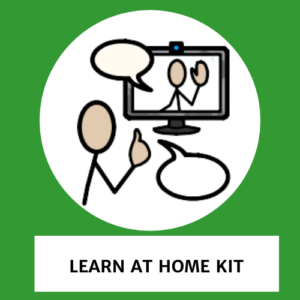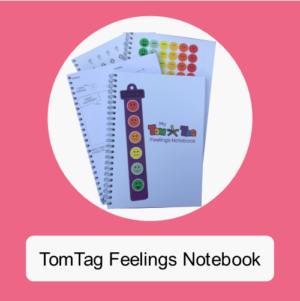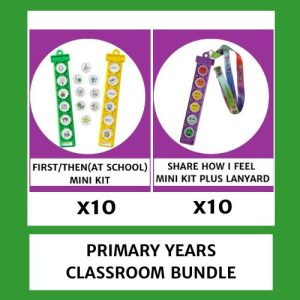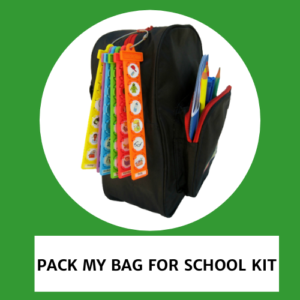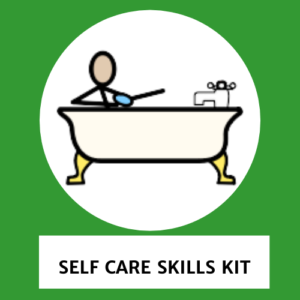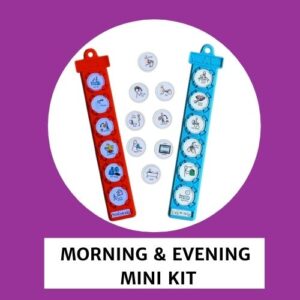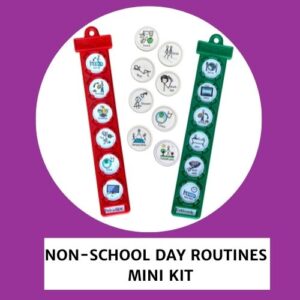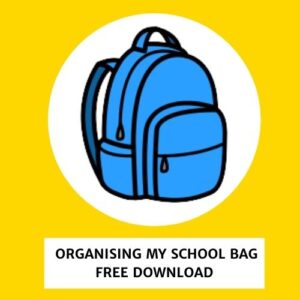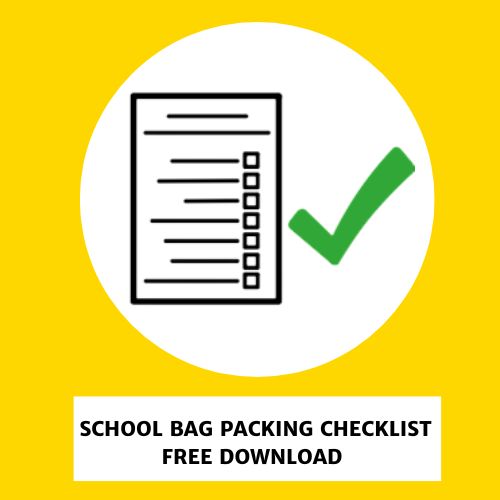We all experience stress during our daily lives but for many autistic people the experience of stress can feel very intense and cause severe difficulties.

Like many young people with autism, my son has been experiencing anxiety related to an overly-literal understanding of what it means to follow school rules and when he is faced with an unplanned change both inside and outside the school setting. He has a very narrow view of what it means to be in the correct uniform or be on time for lessons or appointments. When he is feeling stressed he will rock on his feet, pace the floor and ask repetitive questions. In these situations, he finds it difficult to respond to any reassurance.
Together with his Speech and Language therapist (‘SLT’) and Occupational therapist (‘OT’) we have been using some strategies to help him. We have taught him that the concept of feeling overwhelmed means either too many feelings all at once or a very strong reaction to a situation. He can now use this word to express how he is feeling. He has been taught a format for identifying the worry and setting out actions to help resolve it. The actions relate to what he can think, say or do to make things better. We’ve taught him the phrase self talk and he is beginning to understand what a trusted adult would do or say to him in that situation to help and to use this as self talk. We are sharing this work with his teachers and support staff to ensure a consistent approach to talking about worries and solutions.
On the suggestion of my son’s OT we are trialling a tactical breathing programme developed for the military and emergency services to use in times of extreme stress. We wanted to have activities that were discreet and applicable to the classroom environment. Tactical breathing is a great strategy as no one needs to know that he’s doing it and he can use it to prepare for stressful situations as well as once he is feeling stressed. We’ve incorporated tactical breathing into an anxiety busting resource for him called the 3 O’s- Overwhelmed, OT, OK.
One of the resources we’re using is a simple free app called ’Tactical Breather’ which I’ve downloaded onto his phone so it’s readily to hand for stressful situations. I’m also encouraging him to use his phone to record worries and solutions so that these can be kept and built up to form a ‘library’ of helpful strategies for managing situations.
It is hoped that over time and with continued support in this area he will become more able to self soothe and manage his anxiety. Incidentally, studies have shown that stress levels of mothers of kids with autism are similar to that of combat soldiers. Perhaps I should download that app for myself too!
Recommended products:
-
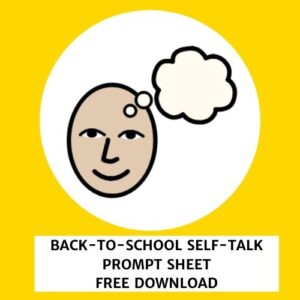
Back-to-School Self-Talk Prompt Sheet
-

Feelings & Emotions Sticker Pack
-

Feelings Tag-O-Meter
-

I Can Do It Manage My Feelings Kit
-
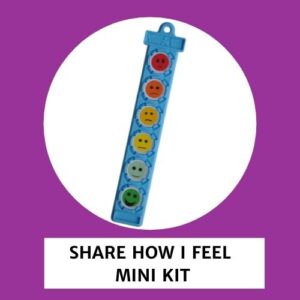
I Can Do It Share How I Feel Mini Kit
-

I Know What To Expect – My Vaccination Mini Kit
-
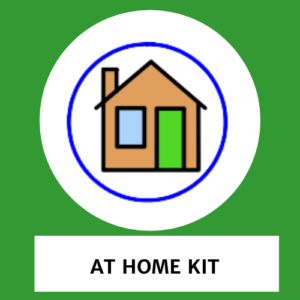
I Know What To Expect At Home Kit
-

I Know What To Expect-My Christmas Day Mini Kit
-
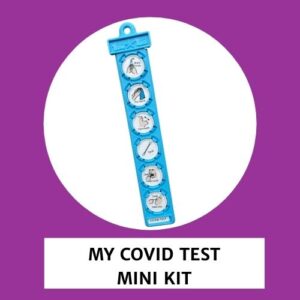
I Know What To Expect-My COVID Test Mini Kit
-

Phoebe’s Green Christmas Kit in collaboration with Embracing Arts & Christmas For Kids
-

Phoebe’s Green Christmas Sticker Pack in collaboration with Embracing Arts & Christmas For Kids


